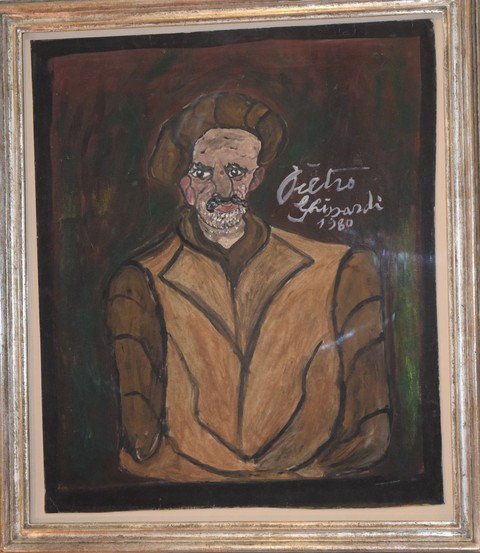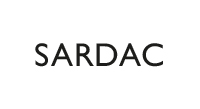 1
1
 2
2
 3
3
 4
4
 5
5

- PIETRO GHIZZARDI Paysan, 1982
mixed media on cardboard
75 x 64 cm
Pietro Ghizzardi (1906 - 1986) was born in Corte Pavesino, in the hamlet of San Pietro di Viadana, Mantua, to Antonio Ghizzardi and Maria Flisi, farmers. He was the second of three children. His first encounter with art occurred during his adolescence when he was fascinated by the skill of an elderly craftsman who drew numbers in Gothic style on the linen for young girls' dowries. He then tried his hand at drawing, spending time on anatomy and the depiction of the face and features: noses, chins, mouths. He paid particular attention to the eyes, sketching figures of his own invention. In 1930 he moved to Cogozzzo, still in the province of Mantua. His first wall paintings sketched on the walls of the old farmhouses of the lowlands dated from this period. Ghizzardi also created large-scale paintings which he hung at his bedroom window and below in the portico of the house so that passers-by could admire them. In the early 1930s he roamed around Reggio Emillia finally settling in Santa Croce di Boretto where he continued to paint and work in the fields to the general mockery of the local community. His assiduous drawing and painting practice became a vital activity that developed into a long and solitary apprenticeship. His fierce resolve and commitment gave rise to works that bypassed the usual artistic models and also involved the written word in the creative process. He firmly believed in his skill as a painter: as a self-taught artist he painted on recycled material with natural colours influenced by the earth that he himself worked. He painted mostly portraits, usually female, modelled on people on television or in film, and historical characters, but also from his local environment.On 7 December 1986 Pietro Ghizzardi died in Boretto. In keeping with his wishes for his funeral, his coffin was taken to the cemetery in a horse and cart.
